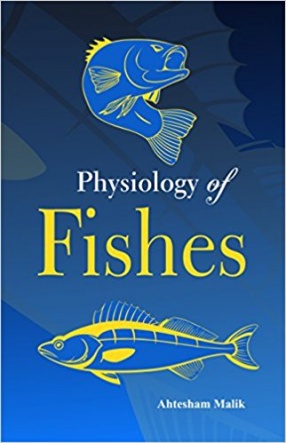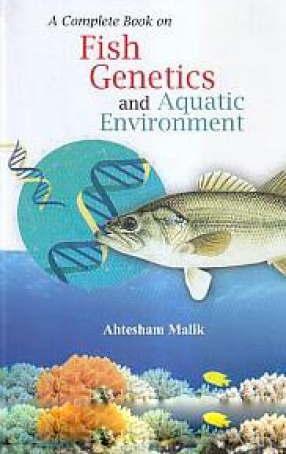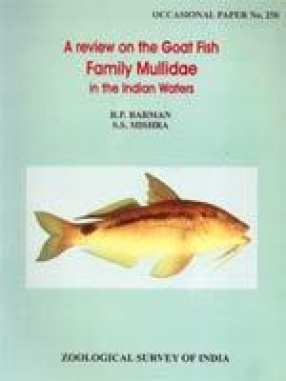Physiology of Fishes
Fish physiology is the scientific study of how the component parts of fish function together in the living fish. It can be contrasted with fish anatomy, which is the study of the form or morphology of fishes. In practice, fish anatomy and physiology complement each other, the former dealing with the structure of a fish, its organs or component parts and how they are put together, such as might be observed on the dissecting table or under the microscope, and the later dealing with how those components function together in the living fish. Man and fish share such organs as the brain, stomach, liver, and kidneys. Other organs appear in different forms in different organisms; for example, the lungs in humans and the gills in fish are very different but both provide the same basic function of respiration. Finally, some organs (such as the fish's swim bladder) are simply not present in man. This book presents a current and comprehensive overview of fish physiology to demonstrate how living fishes function in their environment. The book covers the diversity of fish physiology and provides entry level information for students.
Get it now and save 10%
BECOME A MEMBER









Bibliographic information